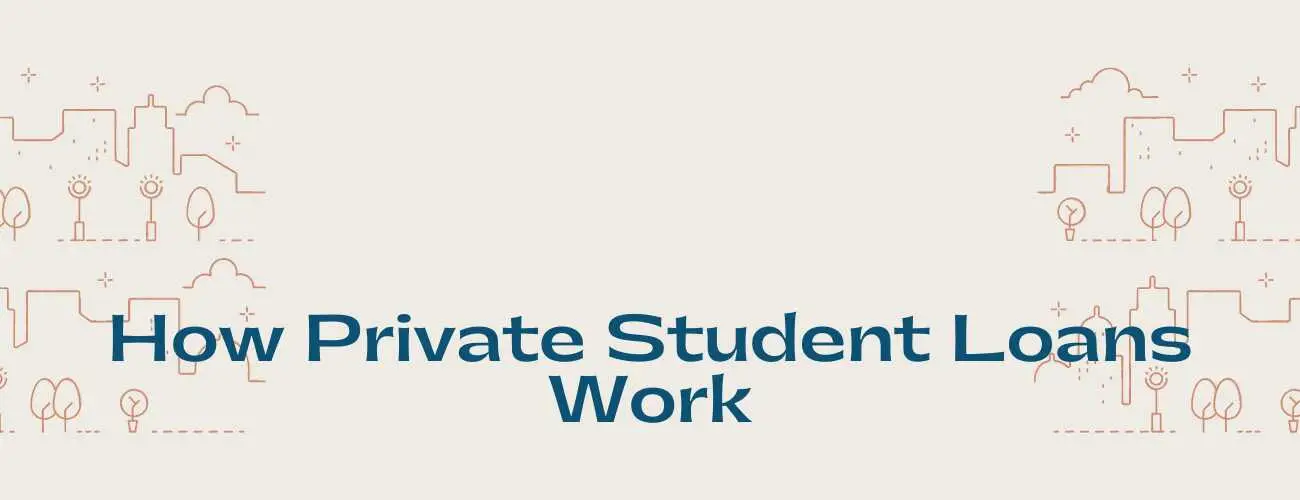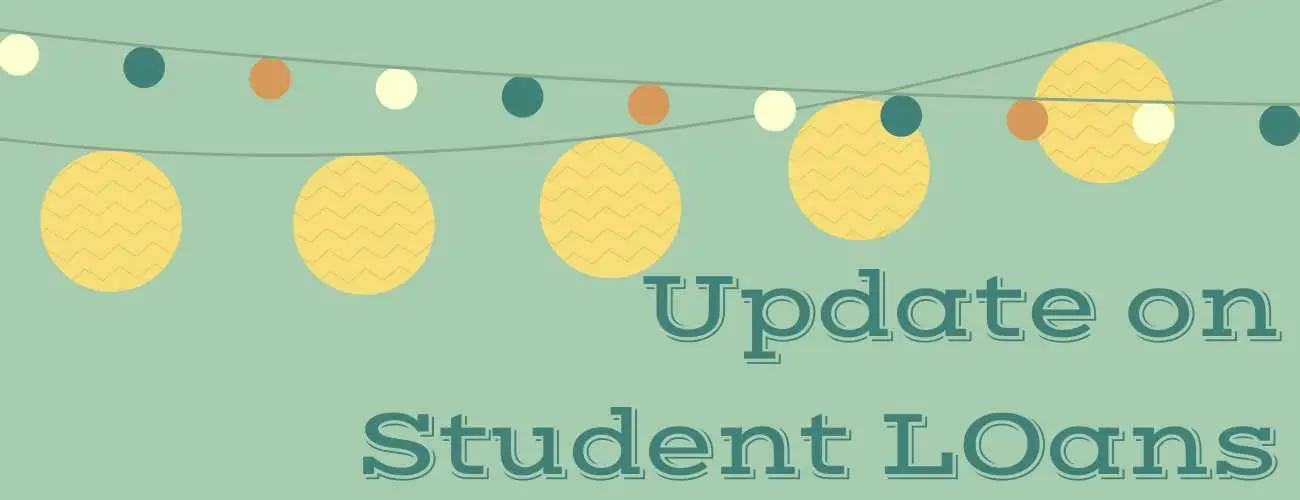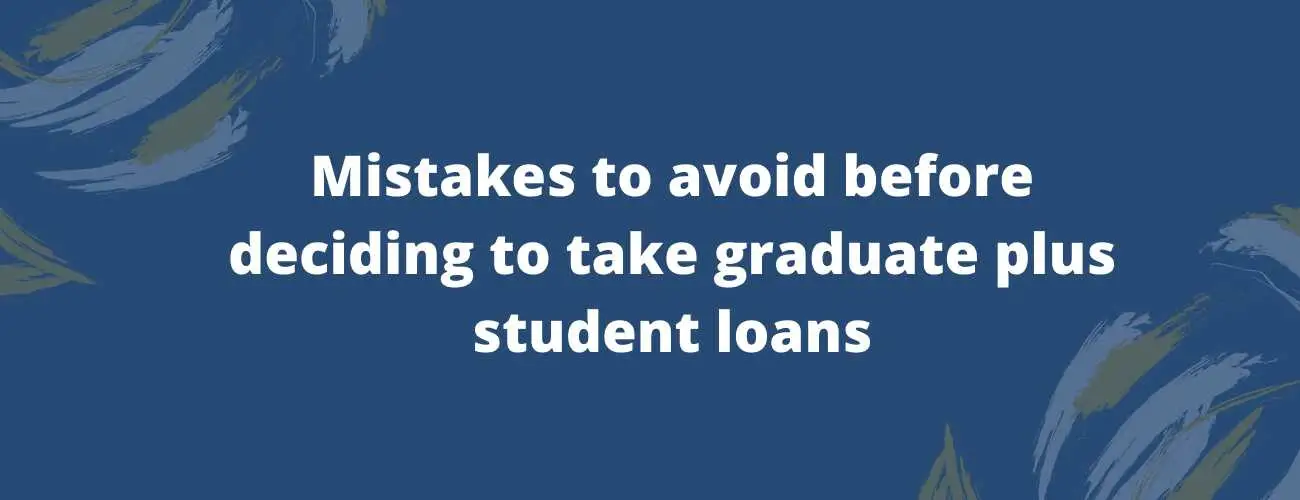IBR and PAYE calculation for multiple student loans
Know about the different repayment plans. learn about IBR, PAYE and REPAYE. Know when to enter these repayment plans and understand the benefits of them.
Updated by Kanishkar P on 16th June 2020
Student loan repayment can be done under various repayment plans. Each borrower can choose the repayment plan that they are comfortable with. In a federal student loan the borrower is free to choose among the Income-driven repayment plans(IDR) which are the Income-Based Repayment Plan (IBR), Pay As You Earn (PAYE) and Revised Pay As You Earn (REPAYE). If you think handling multiple loans and their repayments is a really hard task then here you will find some easy ways to solve it.
Table of Contents
- About IBR
- About PAYE
- About REPAYE
- Eligibility
- When can I enter the above plans?
- Advantages and disadvantages
- How does it help me?
- Concluding thoughts
About IBR
Income-Based Repayment (IBR) is an option that can be opted for even after you have received your loan. It's similar to Pay As You Earn (PAYE) but offers more flexibility than it.
Generally, it's around 10% or 15% on your discretionary income, based on the date of your first loan. Discretionary income is determined on the difference between adjusted gross income and 150% of the federal poverty guideline for family size and state. The 10% amount for new borrowers who didn't borrow the Direct Loan Program or FFEL program till July 1st of 2014 or after. 15% is for everyone remaining borrowed loan before that date.
It's usually around 20 to 25 years. It's a 20-year plan for new borrowers after July 1st of 2014 and remaining for 25 years for everyone who took the loan before.
About PAYE
Pay As You Earn is the newest income-driven repayment plan available to help borrowers manage their student loan debt. It's more or less like IBR with a stringent requirement.
For qualifying for PAYE providing a financial need statement is required. Must be a reasonably new borrower, a new one as on the 1st of October 2007 and received a disbursement on a Direct Loan after the 1st of October 2011.
10% of your discretionary income between your annual income and 150% of the federal poverty guideline for family size and state. The repayment period is around 20 years.
About REPAYE
Revised Pay As You Earn (REPAYE) which is available after December of 2015, which is the newest Income-Driven Repayment Plan.
It's more similar to PAYE with a few key differences. The usual well-known difference is the fact that you are eligible for the regardless of when you have taken out your first Federal Student Loan. no need to describe the financial need.
10% of your discretionary income between your annual income and 150% of the federal poverty guideline for family size and state. It's usually around a period of 20 years to 25 years. if it's a 20-year term all of your loans are under the plan of undergraduate study. If it's a 25-year term all of the loans are under the plan of Graduate or Professional Study.
Eligibility for IBR plan
1. Direct Loans, Subsidized and unsubsidized, Graduate PLUS loans, Direct Consolidation Loans that come under direct or federal loans are eligible for IBR.
2. Income-based student loan repayment provides you with lower monthly payments.
3. Private loans, Parent PLUS loans, default loans, Parent PLUS loans, and Perkins loans are not eligible for Income-based repayment plan.
4. To apply for IBR student loan, you must show partial financial hardship.
5.AGI is the formula used to determine the repayments and eligibility for income-based repayment plan student loans.
6. Income-based loan repayment considers the family size, income, residence.
7. If the calculated amount is below the standard 10-year repayment plan, the student is eligible for IBR plan.
8. The government pays the interest if the calculated amount in AGI is less than 150 % federal government’s established poverty line. Then monthly payment is 0 in the IBR plan.
9. If your annual income is less than federal student loan debt you will be eligible for income-based repayment plan student loans.
When can I enter these plans?
While entering any of these repayment plans the borrower is expected to show at least partial financial hardship. Showing a partial financial hardship is not a big deal, you just need to show that the 10year standard loan repayment plan is higher than IBR, PAYE or REPAYE. When you look inside the math of these plans you will find that they demand lesser monthly payments from you when compared to the 10year repayment plan.
You will be allowed to sign up any of these plans only when the payments under these plans are actually lesser than the payments under the standard repayment plan. These plans can also help you when you have multiple loans.
Advantages and disadvantages of income-based repayment plan student loans
Pros and cons
1. Helps you with lower monthly payments.
2. IBR payments after 25 years are canceled
3. As married couples, if you choose to file taxes separately under IBR it can be beneficial.
4. Partial unpaid interest will be written off by the government.
5. Lesser repayment option compared to the standard 10-year repayment plan.
Cons
1. Though IBR payments after 25 years are canceled, the canceled amount will be taxed, even if some taxable money can be claimed you will need professional help for more information to do so.
2.Not eligible for Direct PLUS Loans made to parents, FFEL PLUS Loans made to parents, Direct Consolidation Loans that repaid PLUS loans made to parents.
3. REPAYE or PAYE are better repayment programs, as it takes longer time for income-based repayment forgiveness
How does it help me?
Suppose you have four different federal loans serviced by different servicers. Let us consider the monthly payments at $200, $100, $50 and $50 for the four loans respectively. This makes it a total monthly payment of $400. When seen as individual payments they may look small but when put together they make quite a big amount per month. In this case, an Income-Based Repayment Plan can help you.
Under an Income-Based Repayment Plan, the government allows you to make lesser payments towards your student loans. In the above case, you can get a reduction on the monthly payments. Instead of paying $400 as your monthly payment towards the federal student loans you just need to pay $80 in total per month under IBR.
If you want to break down the total payment as individual payments, it’s as follows
The first individual payment is $200 which is 50% of the total monthly payment, so to find out the corresponding new monthly payment calculate the 50% of the new total monthly payment i,e. 50% of $80 which is $40. Likewise, the other new individual payments will be $20,$10 and $10 respectively.
Even if the monthly payment amount reduces under these repayment plans the proportion of the payment done to each servicer remains the same.
Searching for refinancing options? Explore some best companies to refinance your student loans!
Concluding thoughts
Entering an Income-driven repayment plan is a wise idea when you are not able to make large repayments under the standard repayment plans. But you must make sure that each of your servicers has calculated the correct monthly payment amount. In case if any of your servicers are demanding more then there must be a miscalculation and you must immediately verify with your servicer. Handling multiple loans is not very difficult if you can manage the repayments by taking proper measures. You can also consider consolidation or even refinancing your student loans to make multiple loans manageable. Choose the best student loans by knowing about them in detail to avoid these kinds of risks in the future.



93.jpg)


28.jpg)
